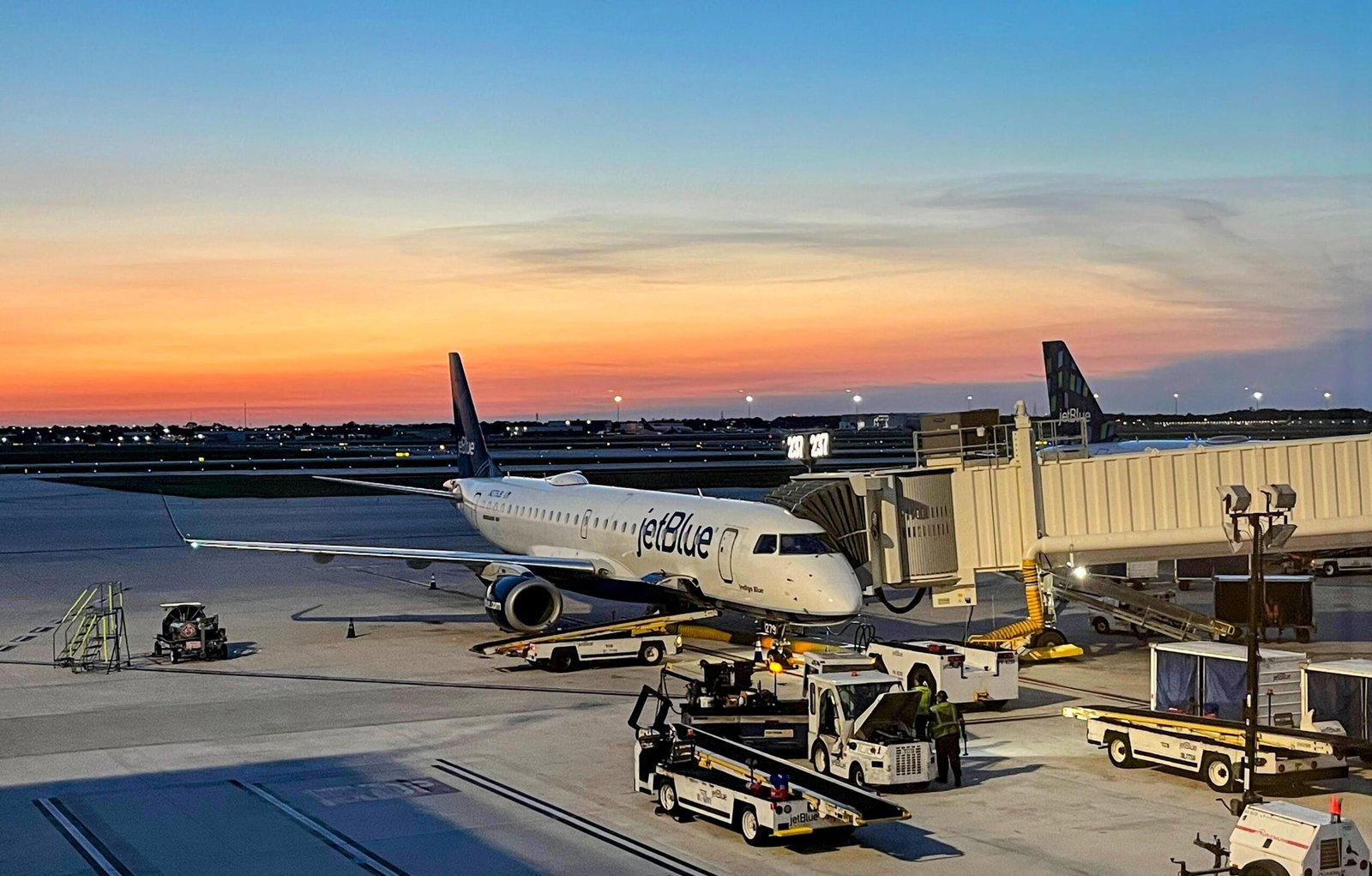
One of the best strategies to save on travel is to plan your trip during off-peak seasons when there are fewer tourists and better prices.
Although many times those months can be very cold, rainy, or hot, it is possible to find a “sweet spot” where you can both spend less money and enjoy the experience.
Here is a basic list of cheaper months to travel to different destinations around the world.
Europe

Typically, the cheapest months to travel to a specific destination are during the low season or shoulder season. In the case of the European continent, these periods can vary by region or country, but in general, you can save some money by traveling during the colder months: November through March, excluding the Christmas and New Year holiday period.
Winter months are generally low season, but not everywhere. For example, popular ski resorts and winter sports destinations such as St. Moritz and Zermatt in Switzerland, or Chamonix in France can be expensive during these months.
Although visiting Europe in winter can save you money with lower fares and accommodation rates, the downside is that the weather may be less favorable for outdoor activities, and some tourist attractions may be closed or have limited hours.
April and May (spring), as well as September and October (autumn/fall) are generally considered shoulder seasons. Traveling during these months can be more affordable and convenient, considering milder weather conditions, fewer tourists, and lower prices.
As in any season, there are always exceptions where certain holidays or popular celebrations can drive prices high. For instance, Oktoberfest – a celebration of Bavarian culture and beer- in Munich, Germany, is held annually from late September to early October and attracts millions of visitors from around the world each year.
Asia

Asia is a vast and diverse continent with different climates and peak travel seasons. In general, the cheapest months to travel to Asia are the low and shoulder season months.
The low season usually corresponds with periods of less favorable weather, such as monsoon or typhoon seasons, which can vary from zone to zone.
For many Southeast Asian countries, like Thailand, Vietnam, and Indonesia, the low season typically falls between June and October. In contrast, the low season in India often spans from May to September. These months can have lower airfares and accommodation rates, but travelers should be prepared for potentially challenging weather conditions.
The ideal time to travel to Asia is typically during the shoulder season, as not only the weather is better but also fewer tourists means more affordable prices.
In Southeast Asia, the shoulder season falls between March to May and September to November, with the cheapest months typically being September and October.
In South Asia (e.g., India, Nepal, the Maldives), the shoulder season typically falls between February to May and August to November, with September and October as the more affordable months to visit.
Shoulder season in Japan starts in late May and goes until early June as well as mid-September to early October.
The best times to visit South Korea -due to milder weather and fewer crowds- are typically during April and early September.
United States

Broadly speaking, the low season for tourism in the United States is during the winter months of January and February.
However, the US is such a big country that there are high and low seasons depending on the area. For example, warm places such as Florida can be more expensive in winter than in the summer months, when it is very hot and humid. Also, the generally mild winter in the ‘Sunshine State’ attracts visitors wishing to escape the coldest days of the year.
A great time to find more affordable travel options is during shoulder season, which usually includes the months of April and May as well as September and October.
Something to keep in mind, though, is that the period called “spring break” (when students in schools and colleges are off for about a week between March and April) can drive prices high, especially in warmer destinations like California and Florida.
Also, September and October are part of hurricane season in the southeastern United States, which includes states such as Florida, Georgia, and South Carolina.
If you are not interested in winter sports and activities, you can save on traveling to Colorado during the spring (April to June) and fall (September to October).
A visit to Las Vegas can be cheaper during the summer months, however, keep in mind that the “neon” city is in the middle of the Nevada desert, which means it is hot, hot, hot!
A popular tourist spot outside mainland U.S., Hawaii experiences its shoulder season between April-May and September-November, when it is more likely to find budget-friendly accommodations in this usually expensive destination.
South America

When winter reigns in the northern hemisphere, summer is in full swing in the southern hemisphere. Therefore, the low season in South America generally includes the winter time from June to August.
However, some weeks in July can be expensive as schools are closed for winter break and families have the opportunity to travel around.
The cheapest months to visit South America can be different depending on the country and region. For example, Brazil’s low season is from February (after Carnival) to May and September to November, while Argentina’s low season is from May to August, except for ski resort areas such as Bariloche.
In Peru, the low season is from December to March (rainy season), while the Inca Trail and Machu Picchu experience peak tourist numbers during the dry season (May to August).
Central America and the Caribbean
The best times to save for traveling to Central America and the Caribbean come with a caveat… they generally coincide with rainy, hot, and/or hurricane seasons.
Many Central American countries such as Costa Rica, Panama, Guatemala, and Belize have lower prices during the rainy season, which generally extends from May to November.
Likewise, some destinations in the Caribbean are more affordable during their off-peak season, which aligns with the months more likely to experience hurricanes.
In Puerto Rico and Aruba, hurricane season falls between late April and mid-December, while in Jamaica, the Dominican Republic, and the Bahamas, this period extends from August through October.
Another popular Caribbean destination, Cuba, can be cheaper in May and June as well as in late November.
Due to their location in the Caribbean Sea, Curaçao and Barbados are less likely to experience severe weather conditions, so the rainier months of May to November are good options to visit these islands with great savings.
The Middle East

This vast region located between Europe and East Asia includes destinations such as Egypt, Jordan, Lebanon, Israel, Morocco, Saudi Arabia, the United Arab Emirates (Dubai and Abu Dhabi), and Qatar.
Traveling to the Middle East during the summer months presents a dilemma between lower costs and higher temperatures. Prices for flights and accommodation can be lower from June to August, but the heat can be intense!
Other times such as the shoulder seasons (generally from March to May and September through November) offer a combination of milder weather and reasonable prices. However, destinations such as Dubai and Abu Dhabi can be more expensive and crowded between October and May.
Although geographically in both Europe and Asia, Turkey is a territory often associated with the Middle East. However, its climate is not as extreme as in other countries around the area.
Typically, the shoulder season in Turkey runs from April to June and September to October, but the most affordable time to visit is usually during the winter, from November to March.
Australia and New Zealand

Located also in the Southern Hemisphere, Australia and New Zealand will be cheaper to visit between May to September, which are generally the coldest months.
There are slight differences between the two countries when it comes to high and low seasons within both countries. For example, the low season in Northern Australia generally occurs between the months of November and April, when regions such as Queensland get more rain and tropical storms.
If you are planning to visit some of the most popular ski destinations, then be prepared to pay. Winter is a high season for regions such as New South Wales and Victoria in Australia, while Queenstown, the South Island, and the North Island in New Zealand attract visitors from around the world looking for ski and snowboarding adventures.




